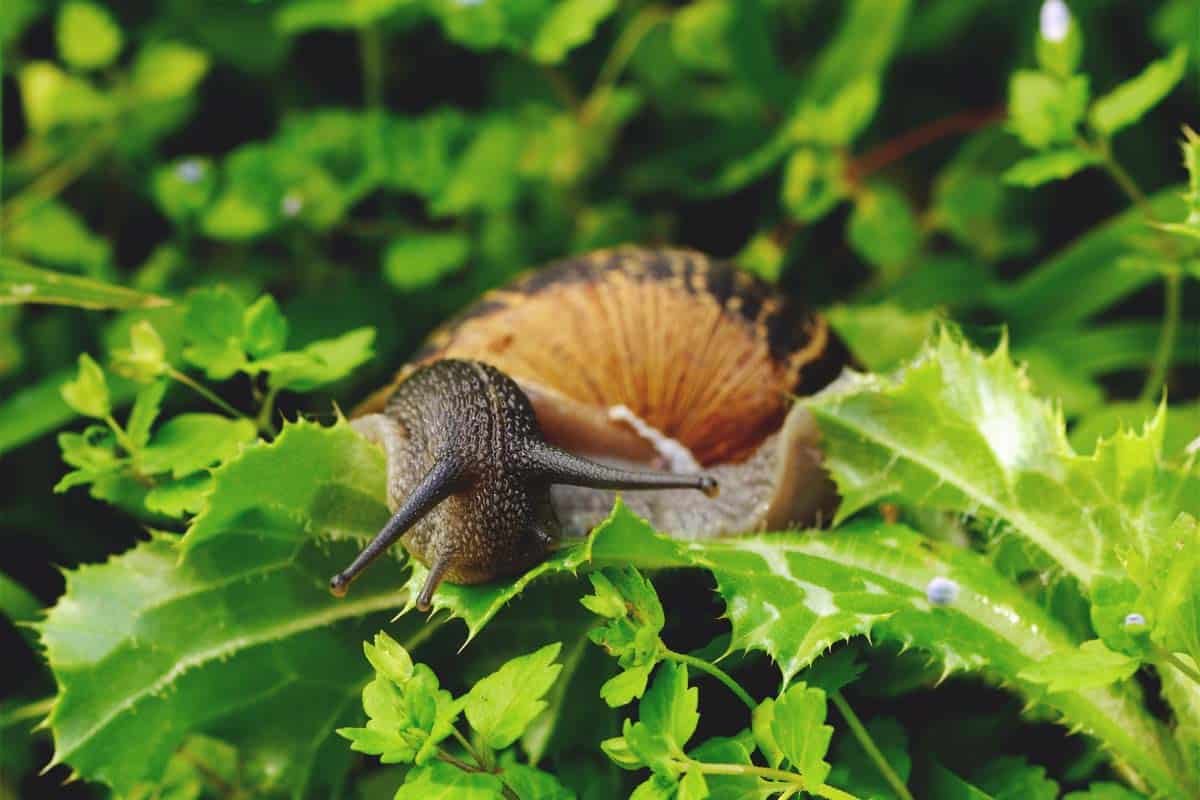

Articles
How To Get Rid Of Snails In Garden
Modified: January 6, 2024
Looking to banish snails from your garden? Discover effective gardening techniques and tips on how to get rid of snails and protect your precious greenery.
(Many of the links in this article redirect to a specific reviewed product. Your purchase of these products through affiliate links helps to generate commission for Storables.com, at no extra cost. Learn more)
Introduction
Welcome to the incredible world of gardening! Whether you’re a seasoned green thumb or just starting out, one of the common challenges you might encounter in your garden is dealing with snails. These slimy creatures, with their voracious appetite for plants, can wreak havoc on your beloved garden and turn your vibrant oasis into a munching ground.
But fear not! In this comprehensive guide, we will explore effective methods to get rid of snails in your garden. From understanding their behavior to implementing practical and natural solutions, you’ll soon have the upper hand in this battle against these unwanted pests.
Snails are mollusks that belong to the class Gastropoda. They have a soft body protected by a coiled shell, which they carry on their backs. These cool, damp-loving creatures are most active during the evening and night hours. Their feeding habits can significantly impact the health and appearance of your plants, making snail control a crucial aspect of gardening.
Before diving into the methods of snail removal, let’s first take a look at how to identify a snail infestation in your garden. By understanding the signs, you can take swift action and prevent further damage.
Key Takeaways:
- Embrace natural methods like handpicking, beer traps, and copper barriers to effectively control snail populations in your garden while maintaining an eco-friendly and sustainable approach to gardening.
- Prioritize prevention techniques such as removing hiding spots, creating physical barriers, and encouraging natural predators to keep snails at bay and protect your garden from potential infestations.
Understanding Snails in the Garden
Snails play a significant role in the ecosystem, but when their numbers get out of control, they can become a nuisance in your garden. Understanding their behavior and lifecycle can help you effectively manage and control their population.
Snails thrive in moist and cool environments. They are commonly found in gardens with abundant foliage, especially during the spring and fall seasons. They prefer to hide in dark and damp areas during the day to avoid dehydration and predators. At night, they venture out to feed on a variety of plants, including leaves, flowers, and fruits.
These resilient creatures have a remarkable ability to reproduce rapidly. Most snail species are hermaphroditic, which means they have both male and female reproductive organs. This allows them to lay eggs and fertilize them simultaneously. Under optimal conditions, snails can lay hundreds of eggs throughout the year.
Snails can move at a surprisingly slow pace, gliding on their muscular foot. They leave behind a distinctive silvery slime trail on the ground, which helps them in navigation and leaves a visible trace of their presence. This slime also aids in moisture retention, protecting their delicate bodies.
Now that you have a better understanding of snails in the garden, let’s move on to identifying signs of a snail infestation.
Identifying Snail Infestation
Identifying a snail infestation in your garden is crucial for taking prompt action and preventing further damage. Here are some signs to watch out for:
1. Damaged leaves: Snails are notorious for their feeding habits, especially on young and tender plant leaves. If you notice irregularly shaped holes or chewed edges on your plants, it’s likely that snails are the culprits.
2. Silvery slime trails: Snails leave behind a distinctive slime trail as they move around. This slimy residue can be easily seen on the ground, leaves, or any surface they crawl on. Look out for these shiny trails, especially in the early morning when the dew highlights them.
3. Presence of snails: The most obvious sign of a snail infestation is actually spotting the snails themselves. These creatures are usually more active during the evening and night, so conducting a garden inspection during these times can help you identify their presence.
4. Scattered empty shells: As snails grow, they outgrow their shells and discard them. These discarded shells can be found scattered around the garden, particularly in areas where snails hide during the day.
5. Irregular feeding patterns: Snails often have a preference for specific plants or parts of plants. If you notice a particular plant species being targeted consistently or if certain leaves are being devoured while others remain untouched, it could be a sign of a snail infestation.
6. Seedling damage: Snails are particularly fond of young and vulnerable seedlings. If you find that your recently planted seeds or seedlings are mysteriously disappearing or being eaten, it’s highly likely that snails are to blame.
By keeping an eye out for these signs, you can quickly identify if your garden is experiencing a snail infestation. Once you confirm their presence, it’s time to explore effective methods to remove them from your garden.
Natural Methods to Remove Snails from the Garden
When it comes to managing snail infestations in your garden, there are several natural methods you can employ that are both effective and environmentally friendly. Here are some tried and tested techniques:
1. Handpicking:
One of the most straightforward methods is to physically remove snails from your garden. While it can be time-consuming, it is an effective way to control their population. Take a stroll in your garden during the late evening or early morning hours when snails are most active. Wear gloves and pick them off plants or from their hiding spots, such as under pots, leaves, or rocks. Dispose of them far away from your garden to prevent their return.
2. Beer traps:
Snails are attracted to the smell of beer. Bury a shallow container, like a small saucer, in the ground near affected plants. Fill it with beer, and the snails will be lured in and drown. Check the traps regularly and replace the beer as needed. This method is effective and can also help you monitor snail activity in your garden.
3. Copper barriers:
Snails dislike the feeling of copper on their bodies. Create a barrier by placing wide copper tape or strips around vulnerable plants or the perimeter of your garden. The snails will be discouraged from crossing over, reducing their impact on your plants. Be sure to monitor and maintain the copper barriers to ensure their effectiveness.
4. Eggshell deterrent:
Crushed eggshells can act as a natural deterrent for snails. Spread a layer of crushed eggshells around the base of your plants. The sharp edges of the shells can deter snails from crawling across them. This method is particularly effective for protecting seedlings or vulnerable plants.
5. Coffee grounds:
Snails are repelled by caffeine, which can be found in coffee grounds. Sprinkle coffee grounds around your plants to create a barrier. Not only will this help deter snails, but coffee grounds also act as a natural fertilizer, benefiting your plants’ growth. Reapply the coffee grounds after heavy rain or watering.
6. Natural predators:
Encourage natural predators of snails, such as birds, frogs, and toads, to visit your garden. Providing bird feeders, water sources, and suitable habitats can attract these helpful creatures. Additionally, you can introduce beneficial insects like nematodes or ground beetles, which prey on snails and help control their population.
Remember, consistency is key when using natural methods. Continuous monitoring and application will yield the best results in managing snail populations in your garden. Stay tuned as we explore chemical-based solutions for snail control in the next section.
One effective way to get rid of snails in the garden is to handpick them in the early morning or evening when they are most active. You can also create barriers using copper tape or diatomaceous earth to deter them from reaching your plants.
Chemical-Based Solutions for Snail Control
If natural methods alone are not providing sufficient results in controlling snails in your garden, you may consider using chemical-based solutions. However, it’s important to use these options responsibly and follow the manufacturer’s instructions. Here are some common chemical treatments for snail control:
1. Snail baits:
Snail baits are formulated with chemical compounds that attract snails and slugs. These baits often contain metaldehyde or iron phosphate as active ingredients. Follow the instructions carefully when applying the bait, as the dosage and frequency may vary depending on the product. Place the baits around affected plants or areas where snails are active. It’s essential to keep snail baits away from children and pets and to collect and dispose of dead snails to prevent accidental ingestion by wildlife.
2. Iron phosphate pellets:
Iron phosphate pellets are an alternative to traditional snail baits. They are considered safer for the environment, pets, and wildlife while still being effective in controlling snails. Scatter the pellets around your garden, following the package instructions for application rates. Regularly assess the effectiveness and reapply as necessary.
3. Snail repellents:
Snail repellents are chemical-based sprays or solutions designed to deter snails from feeding on plants. These repellents often contain ingredients like garlic oil, cinnamon oil, or capsaicin (from hot peppers). Apply the repellent directly onto the plants or surrounding areas to create a deterrent effect. Be sure to read and follow the instructions provided by the manufacturer.
4. Systemic insecticides:
Systemic insecticides work by being absorbed by the plants and poisoning the snails when they feed on them. These insecticides are applied to the soil or foliage and are taken up by the plant’s vascular system. It’s important to note that systemic insecticides can also harm beneficial insects and wildlife, so use them sparingly and only when necessary.
When using chemical-based solutions, it’s crucial to prioritize the safety of your plants, yourself, and the environment. Always follow the instructions provided by the manufacturer, and use caution when dealing with chemicals in your garden. Consider using chemical methods as a last resort when natural methods have proven ineffective or when the snail infestation has become severe.
In the next section, we will explore prevention techniques to help keep snails away from your garden in the first place.
Read more: How To Get Rid Of Grasshoppers In The Garden
Prevention Techniques to Keep Snails Away
Preventing snails from invading your garden is key to maintaining a healthy and thriving plant environment. By implementing these preventive measures, you can create a less attractive habitat for snails, reducing the likelihood of infestations:
1. Remove hiding spots:
Snails love dark and damp places to hide during the day. Regularly clean up debris, fallen leaves, and any other potential hiding spots in your garden. Keep the area around your plants free from clutter to discourage snails from taking up residence.
2. Create physical barriers:
Creating physical barriers can help protect your plants from snail damage. Use materials such as crushed gravel, diatomaceous earth, or coarse sand around the base of your plants. These rough surfaces make it difficult for snails to crawl over and reach your plant foliage.
3. Mulching:
Applying a layer of mulch around your garden beds can serve as a deterrent for snails. Mulch helps to maintain soil moisture, which snails are attracted to, but choose materials like crushed oyster shells, pine needles, or cocoa bean shells, as they have sharp or abrasive textures that snails dislike.
4. Elevate pots and containers:
If you have potted plants, raise them above ground level to make it harder for snails to crawl into them. Place them on a stand or use pot feet to create a gap between the pot and the ground, reducing the chances of snails accessing your plants.
5. Encourage natural predators:
Attracting natural predators of snails, such as birds, hedgehogs, or snakes (if they are native to your area), can help keep snail populations in check. Provide birdhouses, nesting materials, and water sources to entice these beneficial creatures to visit your garden.
6. Practice good garden hygiene:
Maintaining good garden hygiene is crucial in preventing snail infestations. Regularly remove decaying plant matter, fallen fruit, and other organic debris from your garden. These materials can attract snails and create an inviting environment for them to thrive.
7. Companion planting:
Some plant species naturally repel snails. Consider planting snail-resistant varieties, such as lavender, rosemary, sage, and fennel, alongside your vulnerable plants. The strong scents and textures of these plants can act as a deterrent for snails.
Remember that prevention is key when it comes to snail control. By incorporating these techniques into your gardening routine, you can significantly reduce the likelihood of snail infestations and protect your plants from damage.
In the next section, we will explore specific strategies for managing snail infestations in different garden areas.
Managing Snail Infestations in Specific Garden Areas
Snails can be persistent pests, and different garden areas may require specific strategies to effectively manage infestations. Let’s explore some common garden areas and how to deal with snails in each:
1. Vegetable gardens:
Snails can pose a significant threat to your vegetable crops. To protect your plants, create physical barriers around your garden beds using copper tape or diatomaceous earth. Regularly inspect your plants for any signs of snail damage and handpick any snails you find. You can also use snail baits or organic repellents if necessary, but be cautious with edible crops and read product labels carefully.
2. Flower beds:
Flower beds are often attractive to snails due to the wide range of plants they offer. Implement preventive measures such as removing hiding spots and applying rough mulch or gravel around the plants to deter snails. Consider planting snail-resistant flowers, such as marigolds, geraniums, or begonias, to minimize the risk of infestation.
3. Container gardens:
Snails can still find their way into pots and containers, even if they are elevated. Check the pot rims for any snails hiding underneath and remove them manually. Use copper tape or apply a thin layer of petroleum jelly around the pot rims to create a slippery barrier that snails cannot cross. Regularly inspect the container plants and use natural methods like beer traps or coffee grounds to deter snails.
4. Greenhouses:
Greenhouses provide an ideal environment for snails, as they offer consistent moisture and protection. Create a physical barrier around the entrances using copper tape. Inspect the plants and pots regularly, removing any snails you find by hand. Avoid overwatering your greenhouse plants, as excessive moisture attracts snails. Consider introducing natural predators like beneficial insects or using biological controls to manage snail populations.
5. Fruit trees and shrubs:
Snails can cause extensive damage to fruit trees and shrubs, especially when the fruits start to ripen. Apply a sticky barrier around the tree trunk, such as Tanglefoot or petroleum jelly, to prevent snails from climbing up and accessing your fruits. Regularly clean up fallen fruit to eliminate attractants. Handpick snails or use natural repellents around the base of the tree to deter them.
Remember to tailor your snail control methods to the specific needs of each garden area. Regular vigilance and proactive measures will help keep snails at bay and protect your plants from their hungry appetites.
In the concluding section, we will summarize the key points and emphasize the importance of proper snail control practices for maintaining a thriving garden.
Conclusion
Dealing with snails in your garden can be a challenging task, but with the right knowledge and approach, you can effectively manage and control their population. By understanding the behavior and lifecycle of snails, you can implement targeted methods to remove them from your garden.
Natural methods such as handpicking, beer traps, copper barriers, eggshell deterrents, and coffee grounds can be used to minimize snail populations without harming the environment. Additionally, encouraging natural predators like birds and frogs can help maintain a balance in your garden ecosystem.
If natural methods are not yielding desired results, chemical-based solutions like snail baits or repellents can be used, but remember to use them responsibly and according to the manufacturer’s instructions. Safety precautions should always be taken to protect yourself, your plants, and the environment.
Prevention is key in keeping snails away from your garden. Regularly removing hiding spots, creating physical barriers, practicing good garden hygiene, and choosing snail-resistant plants can significantly reduce the attraction to snails. By being proactive, you can minimize the risk of snail infestations occurring in the first place.
Different garden areas may require specific strategies for snail control. Whether it’s vegetable gardens, flower beds, container gardens, or greenhouses, adapting your methods to suit each area will improve your success in managing snail populations.
Remember, snail control is an ongoing process. Regular monitoring, identification, and swift action are essential to prevent further damage to your precious plants. By implementing a combination of natural, preventive, and targeted treatments, you can keep your garden snail-free and ensure a thriving and beautiful garden environment.
So roll up your sleeves, put on your gardening gloves, and take control of those snails. With the right strategies and a touch of perseverance, you can enjoy a garden free from these slimy pests and revel in the beauty of your green sanctuary. Happy gardening!
Frequently Asked Questions about How To Get Rid Of Snails In Garden
Was this page helpful?
At Storables.com, we guarantee accurate and reliable information. Our content, validated by Expert Board Contributors, is crafted following stringent Editorial Policies. We're committed to providing you with well-researched, expert-backed insights for all your informational needs.
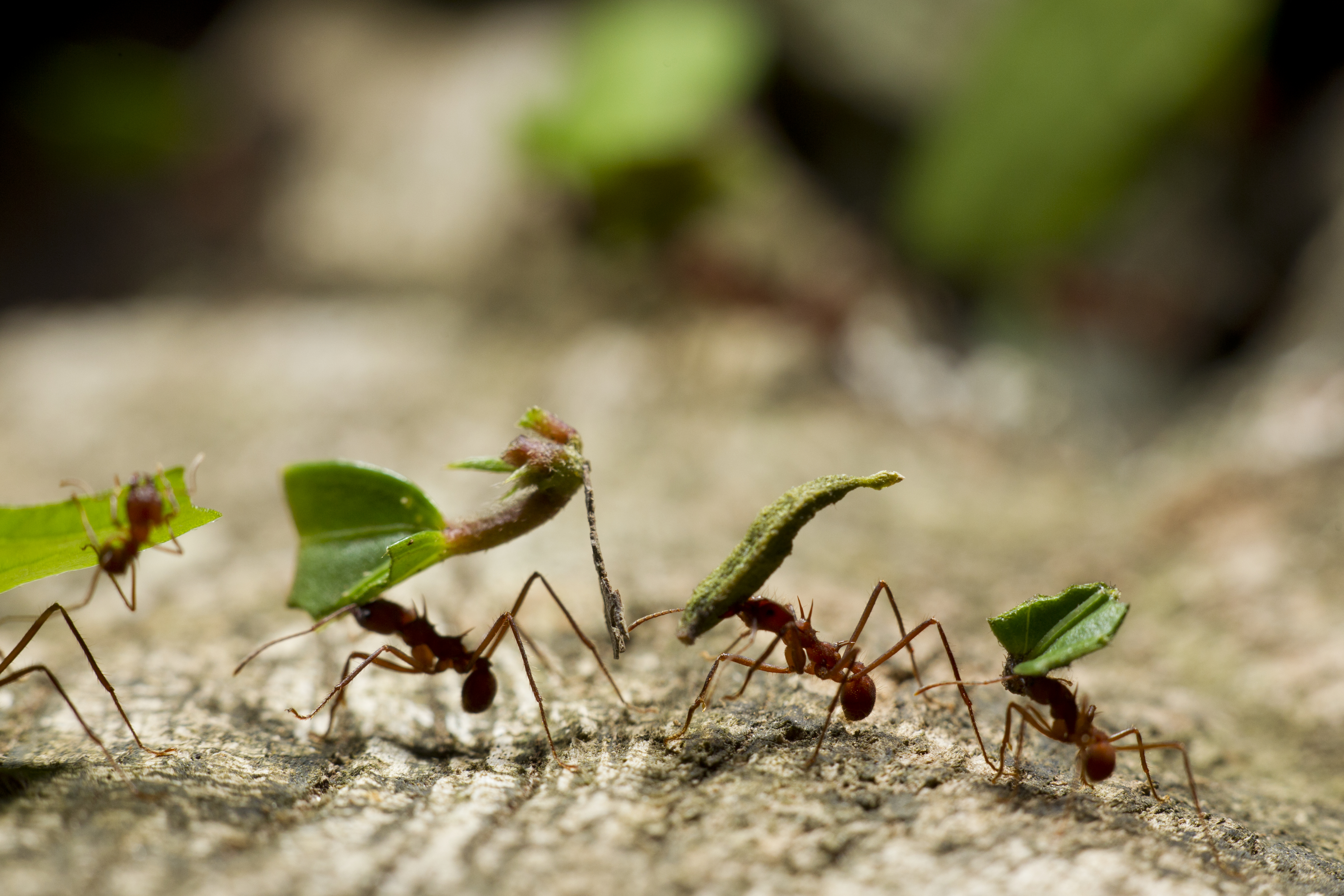
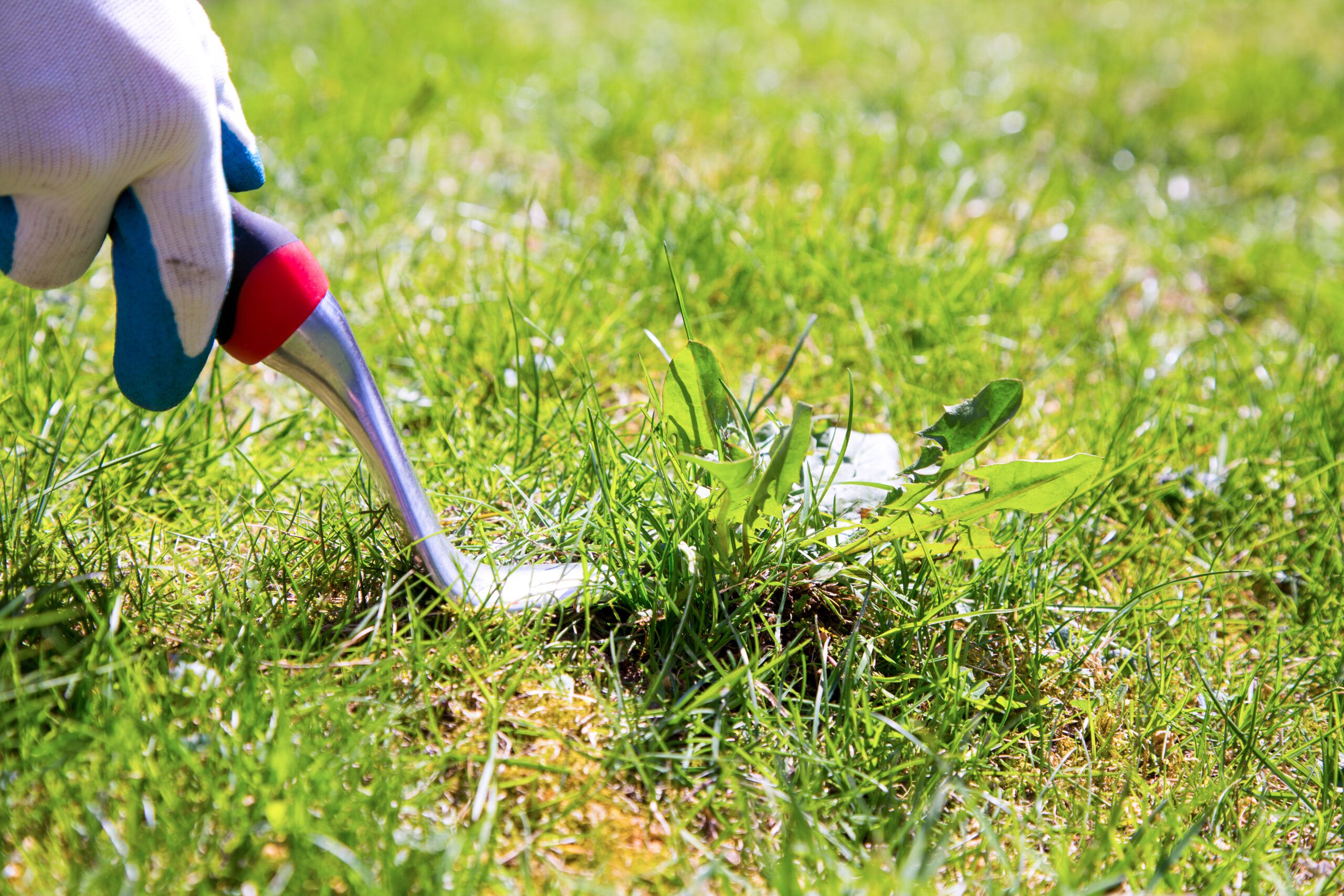
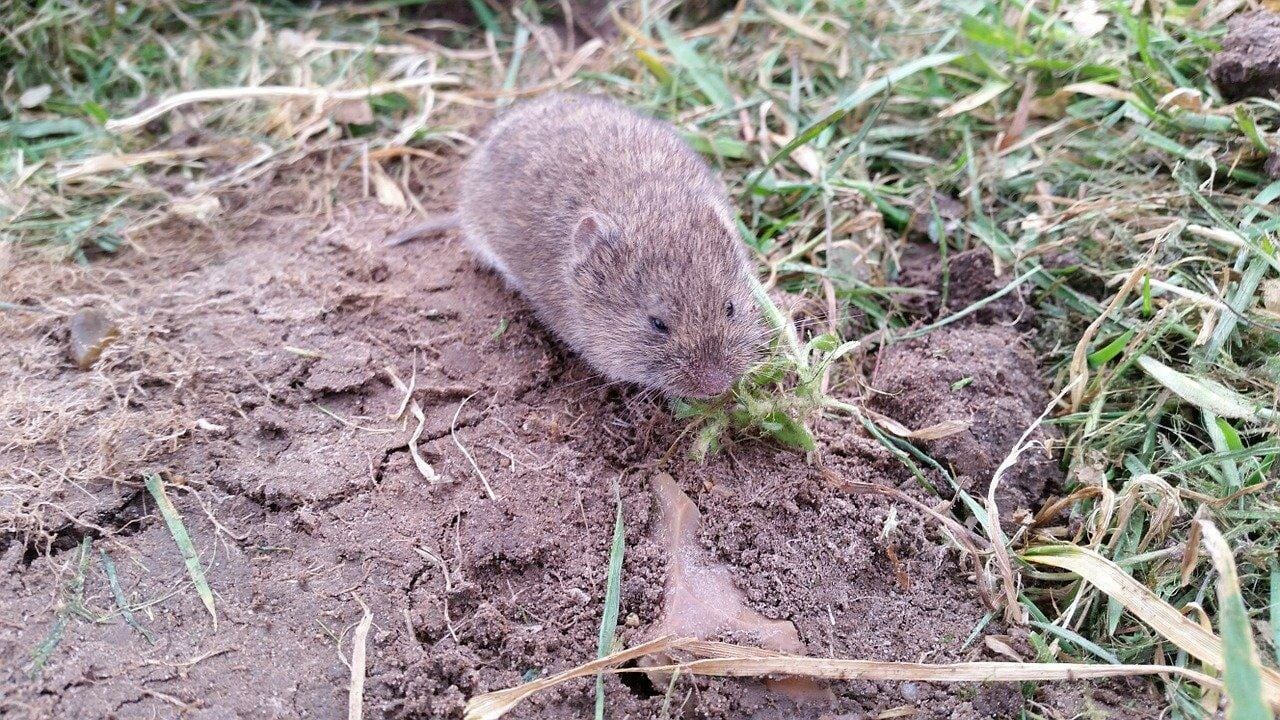
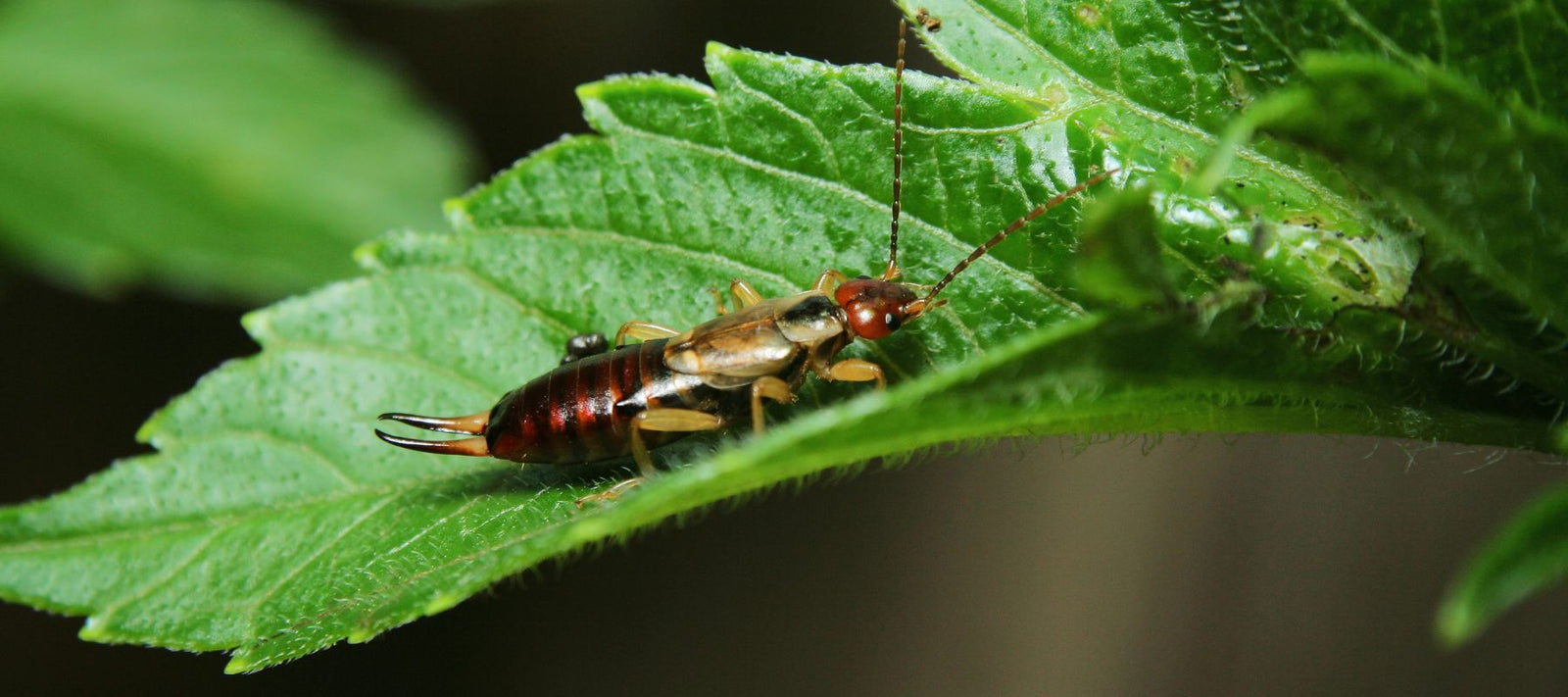
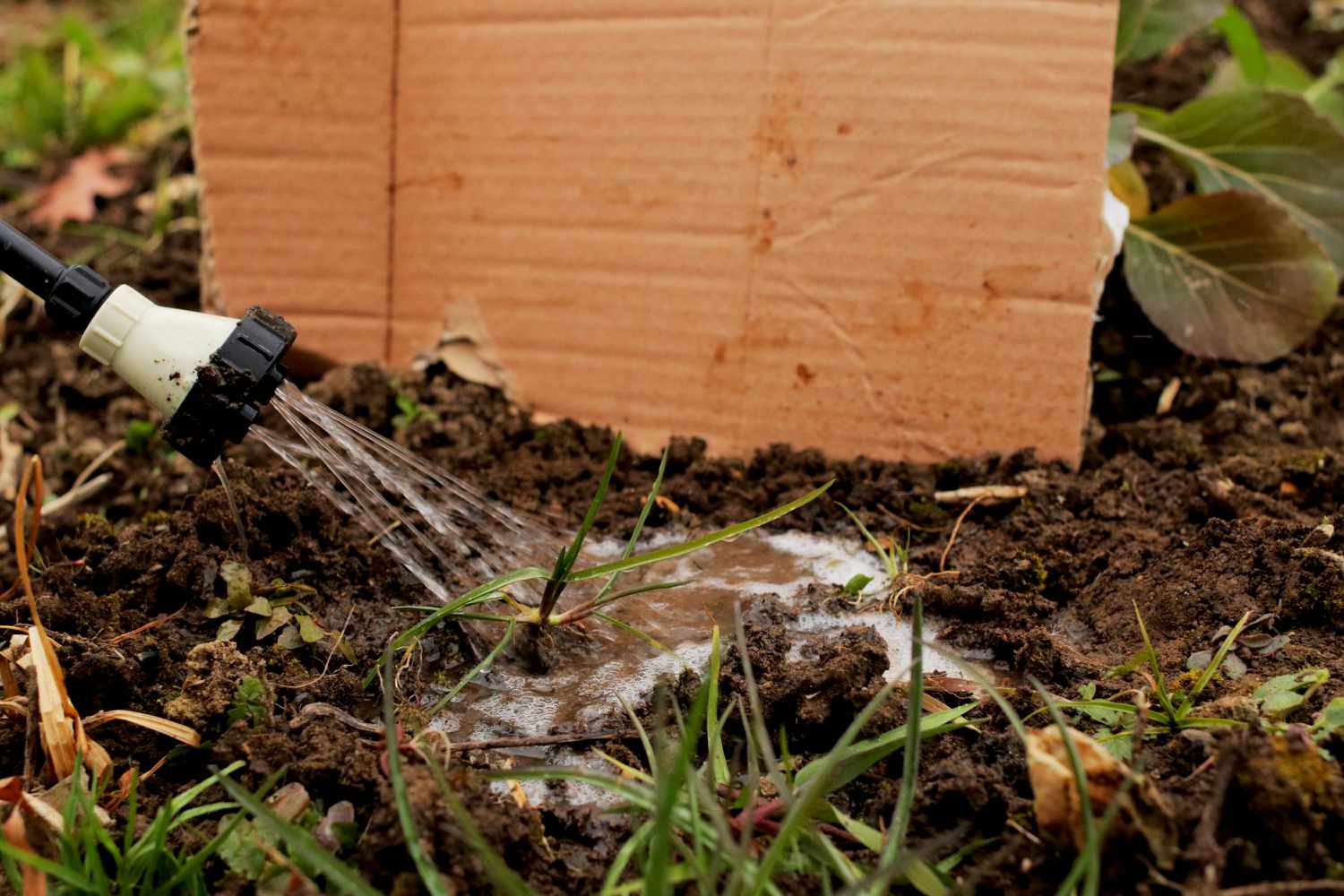
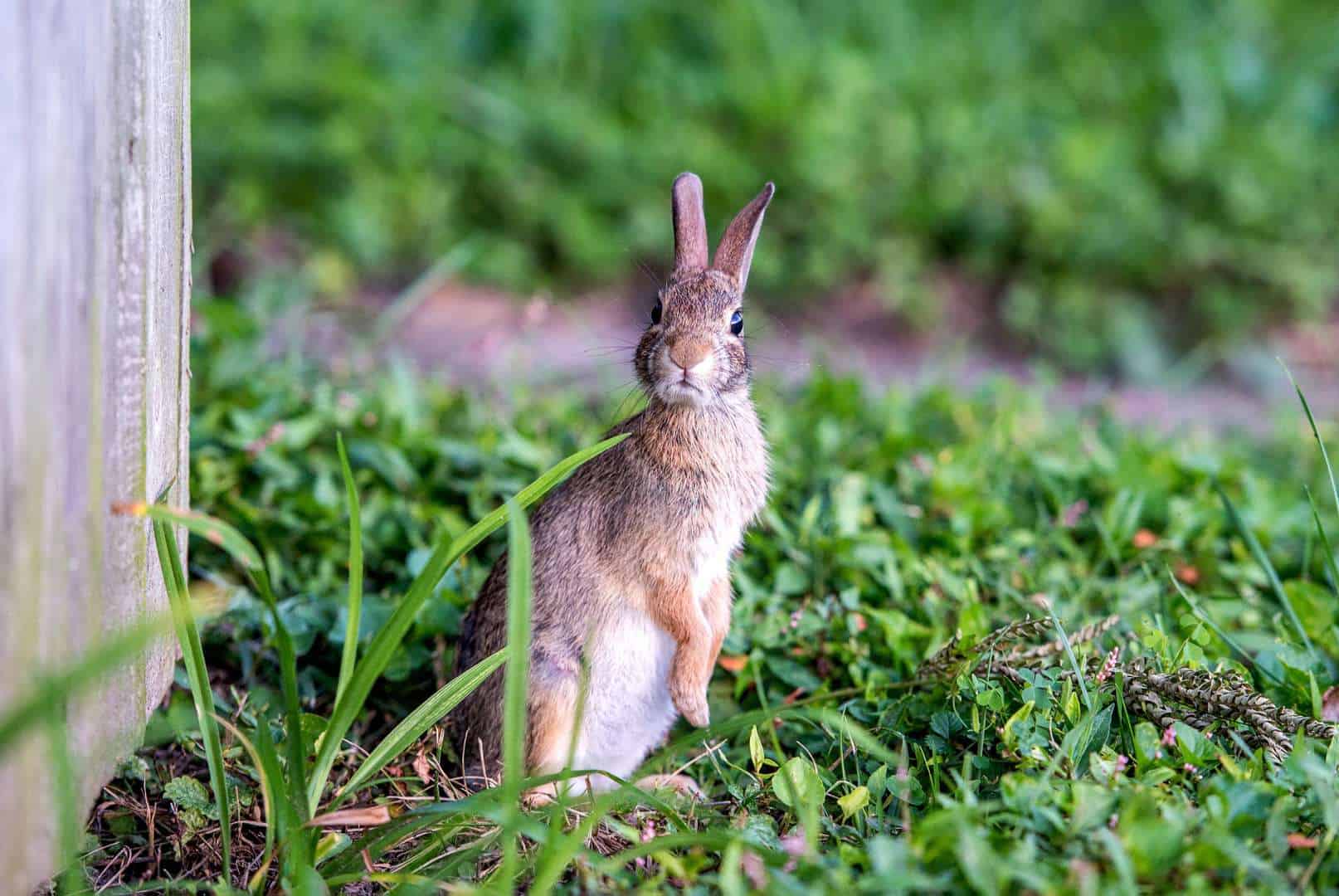
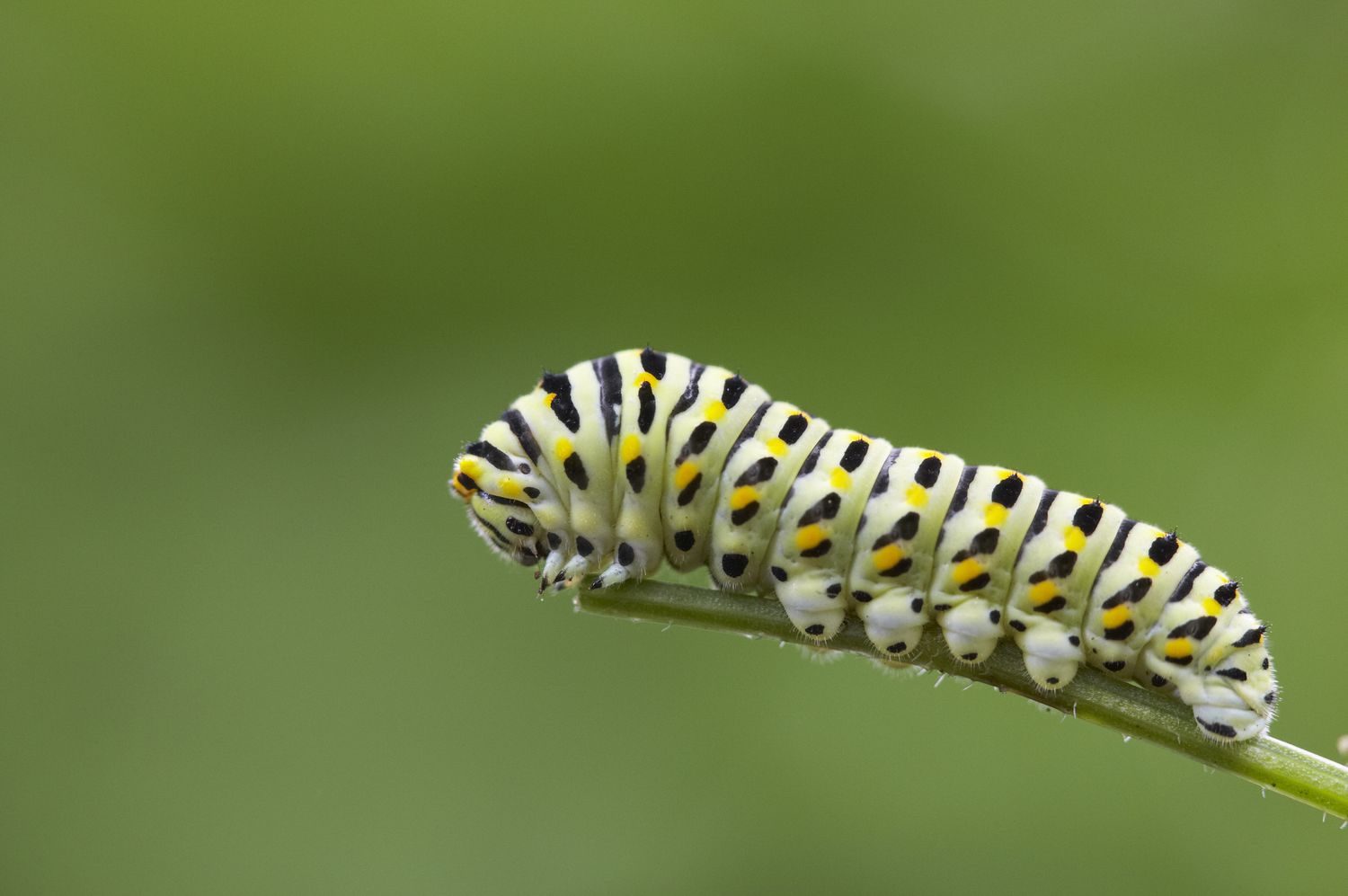






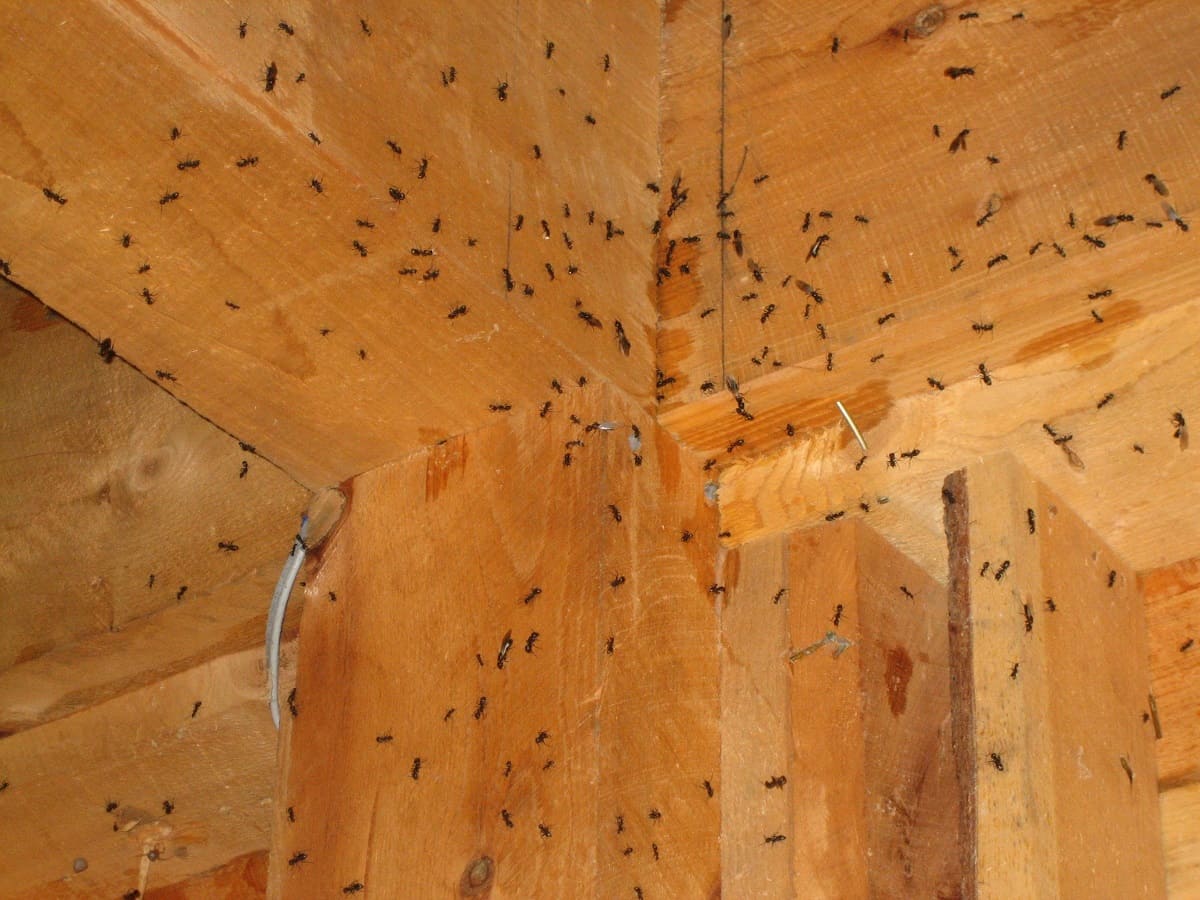

0 thoughts on “How To Get Rid Of Snails In Garden”